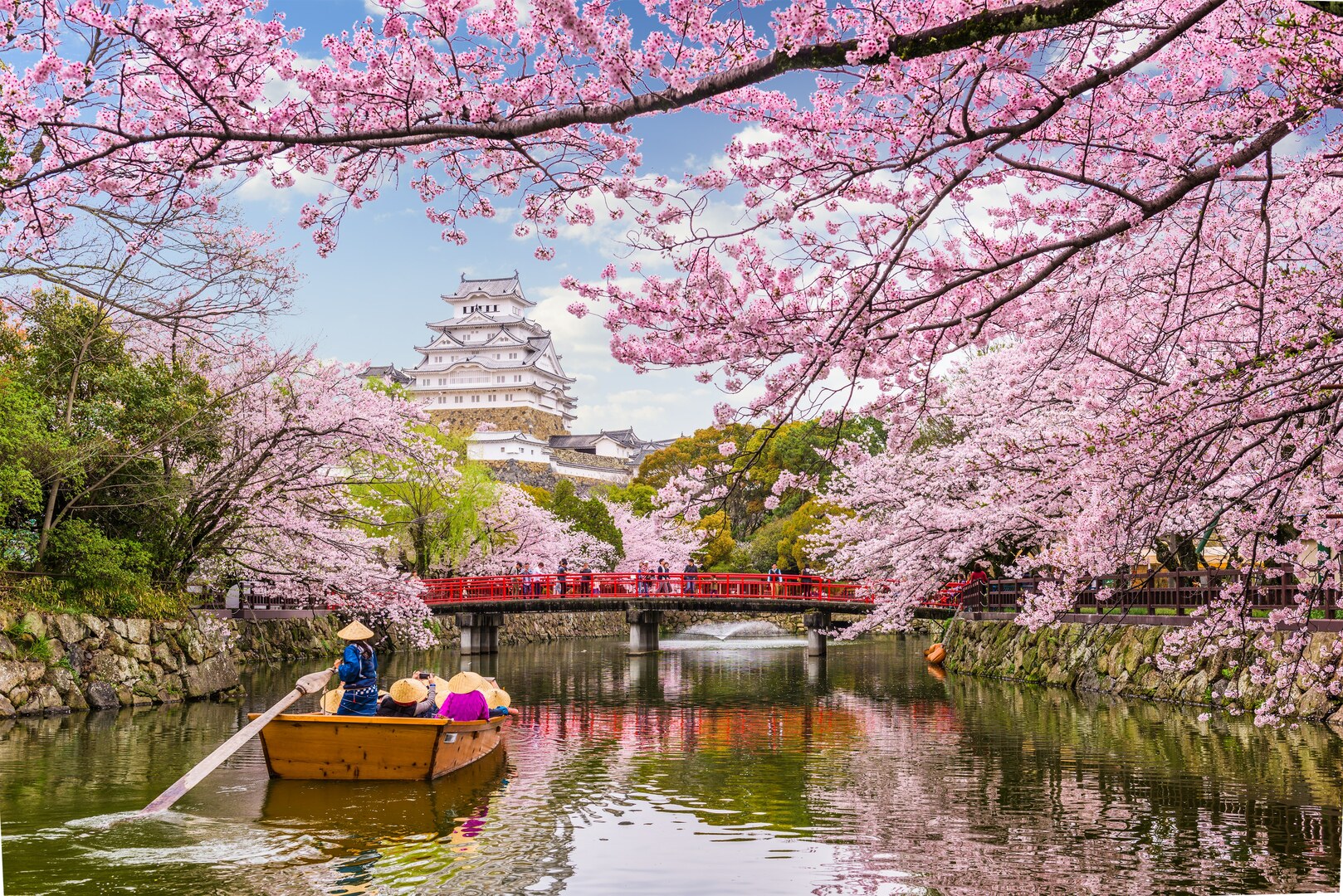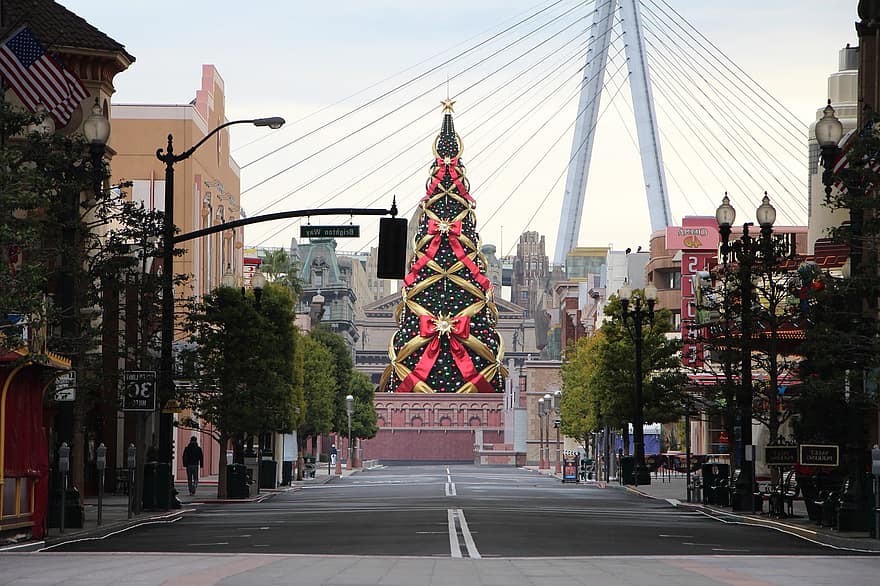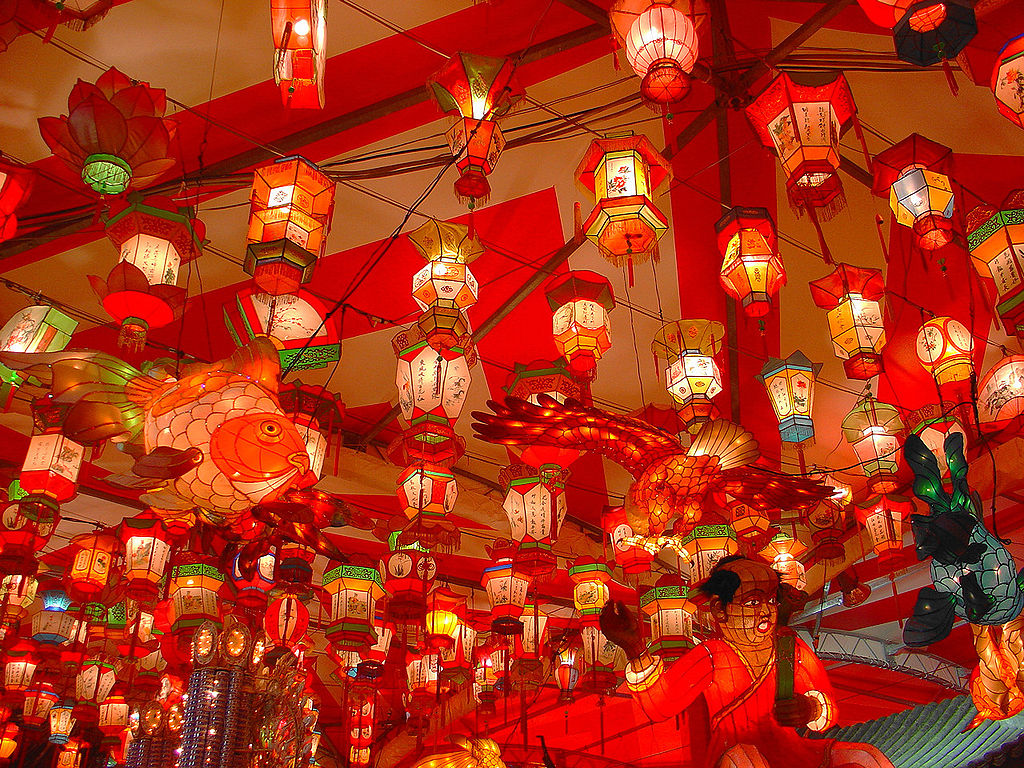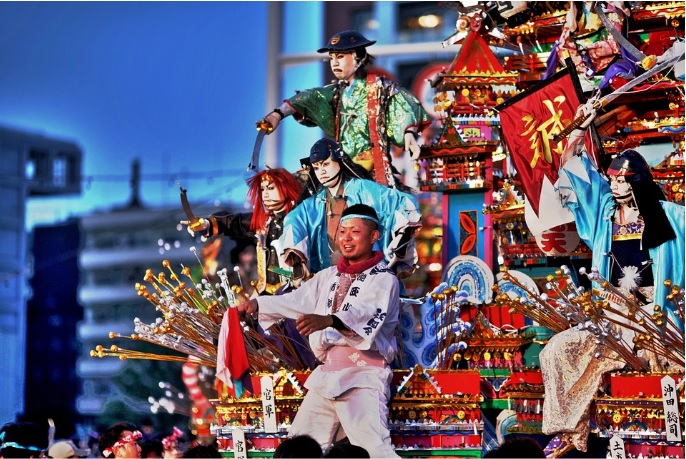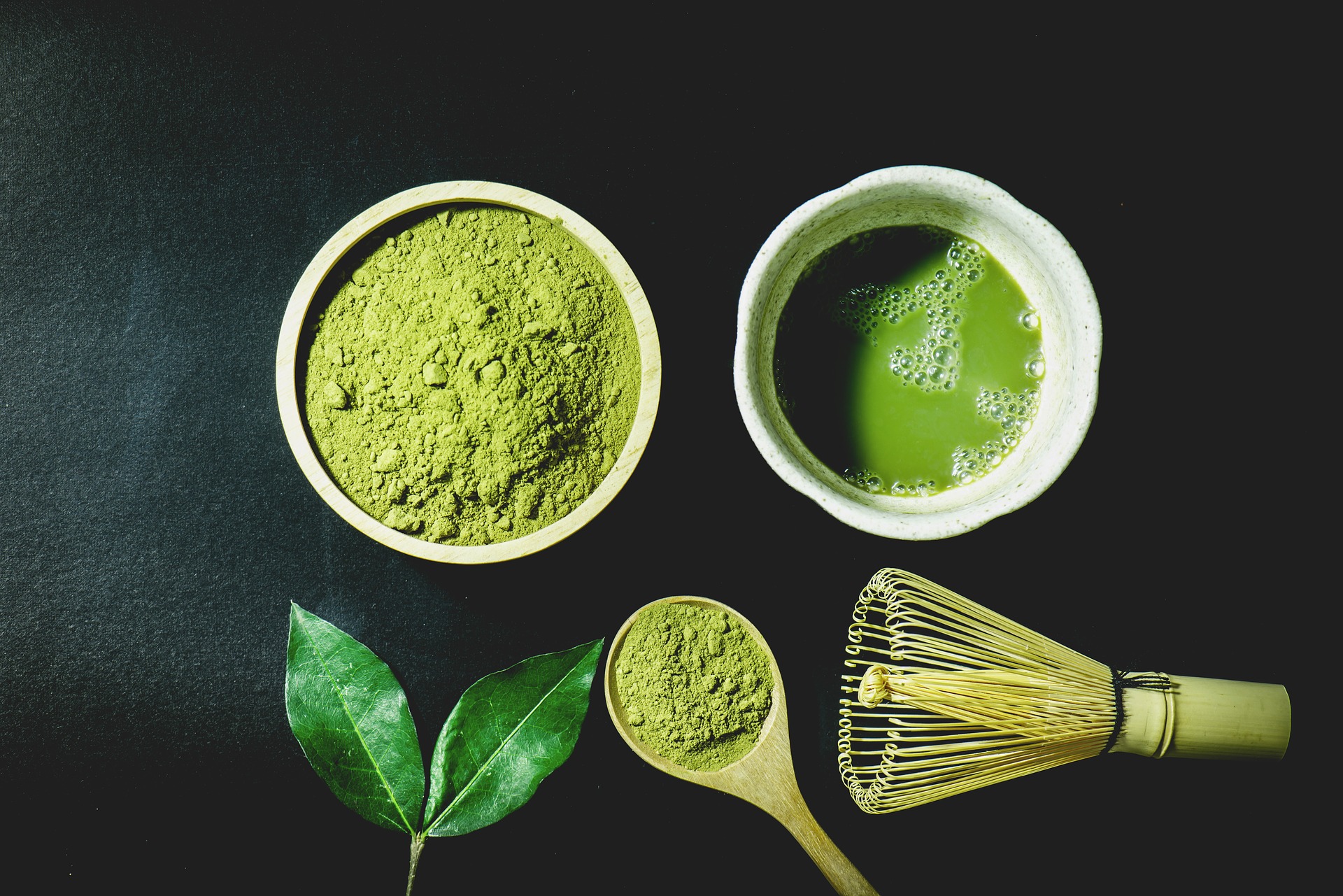
Matcha has been a popular drink worldwide since the rapid establishment of cafes and milk tea stands. It has also now been a favorite flavor to pastries, cold and hot drinks, and even ice cream for those who need healthier options.
So, what really is matcha?
Matcha literally means finely processed "powdered green tea." According to the Health magazine, matcha is a lot healthier than a brewed green tea, thus ingesting the leaf itself will surely give more nutrients and anti-oxidants.
In Japan and in other Asian countries, usually tea is not usually gulped like water. It's a tradition to celebrate and perform a tea ceremony between the tea server and the guest.
But why do they need to do a tea ritual?
japaneseceremony.net said, "The way of tea is a subtly variable way to commune with nature and with friends. Deeply rooted in Chinese Zen philosophy, it is a way to remove oneself from the mundane affairs of day-to-day living and to achieve, if only for a time, serenity and inner peace." According to the website, the ritual is important as a medium of connection between nature and humans, and humans to his own kind.
Every ritual in the ceremony has a deep purpose: the simple pouring of water into the matcha, the whisking and the whole preparation, and even the rotation of the tea cup or bowl counter-clockwise twice before imbibing. It is a way of life, an act of finding peace and serenity and also being one with nature. It is also a way of demonstrating respect and etiquette.
How to learn the basics?
Mastering the performances as a server could be difficult. Japanese tea ceremonies are much complicated than you expected. There are different types of performances that you need to do depending on the school, equipment, occassion, purpose, and countless different factors. But for basics, you can watch lots of videos from Youtube. You just need patience because they are usually long and relaxing. Thus, it can make you sleepy.
